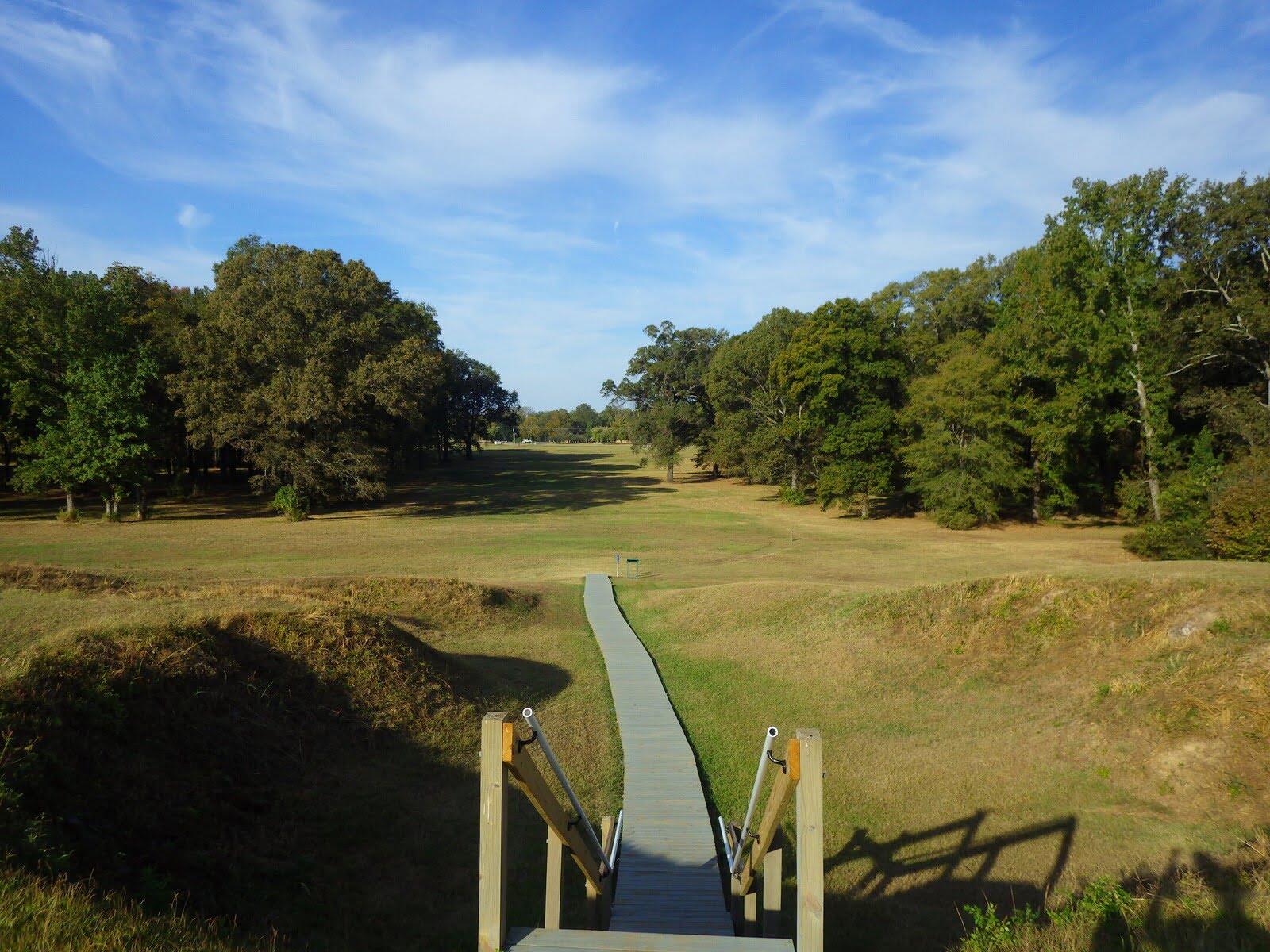Poverty Point National Monument – Louisiana’s Ancient Earthworks

Have you ever wondered about the ancient history hidden in Louisiana? Poverty Point National Monument offers a glimpse into a world that existed over 3,000 years ago. This site features massive earthworks built by Native Americans, showcasing their ingenuity and community spirit. Walking through the mounds, you can almost feel the echoes of the past. Imagine the effort it took to create these structures without modern tools. It's a perfect spot for history buffs, nature lovers, and anyone curious about early human civilization. Ready to step back in time and explore one of America's most intriguing archaeological sites?
Discovering Poverty Point National Monument
Poverty Point National Monument in Louisiana is a hidden gem. This ancient site, dating back over 3,000 years, offers a glimpse into the lives of early Native Americans. The monument features impressive earthworks, mounds, and artifacts that tell a story of a sophisticated and vibrant culture.
The Great Mound
The Great Mound, also known as Mound A, stands as the largest earthwork at Poverty Point. This massive structure showcases the engineering skills of its builders.
- Height and Size: Rising 72 feet high, the Great Mound covers an area of about 7 acres. Its sheer size is awe-inspiring.
- Construction: Built by hand, the mound consists of layers of soil, clay, and other materials. The labor involved in its construction is a testament to the community's dedication.
- Purpose: While its exact purpose remains a mystery, it is believed to have been used for ceremonial or religious activities.
The Concentric Ridges
The concentric ridges at Poverty Point are another fascinating feature. These ridges form a series of semi-circular terraces that once supported dwellings and other structures.
- Design: The ridges are arranged in six concentric arcs, creating a unique and intricate layout.
- Living Spaces: Archaeologists believe that these ridges were used as living spaces, with houses and other buildings constructed on top.
- Water Management: The design of the ridges also suggests an advanced understanding of water management, as they helped control drainage and prevent flooding.
The Plaza
The central plaza at Poverty Point is a large, open area that likely served as a gathering place for the community.
- Size: Covering about 37 acres, the plaza is one of the largest open spaces at the site.
- Activities: The plaza may have been used for various activities, including ceremonies, markets, and social gatherings.
- Artifacts: Numerous artifacts have been found in the plaza, providing insights into the daily lives of the people who lived there.
The Earthen Mounds
In addition to the Great Mound, Poverty Point features several other earthen mounds, each with its own unique characteristics.
- Mound B: Smaller than the Great Mound, Mound B still stands out with its distinct shape and size.
- Mound C: This mound is believed to have been used for burials, adding a spiritual dimension to the site.
- Mound D: Mound D's purpose remains unclear, but its presence adds to the complexity of the site.
The Archaeological Significance
Poverty Point is not just a collection of mounds and ridges; it is a treasure trove of archaeological significance.
- Artifacts: Thousands of artifacts, including pottery, tools, and jewelry, have been unearthed at the site.
- Trade Networks: Evidence suggests that Poverty Point was part of an extensive trade network, with materials from as far away as the Great Lakes and the Gulf Coast.
- Cultural Insights: The artifacts and structures at Poverty Point provide valuable insights into the culture, beliefs, and daily lives of its inhabitants.
Visiting Poverty Point
A visit to Poverty Point National Monument offers a chance to step back in time and explore this ancient site.
- Visitor Center: Start your visit at the visitor center, where you can learn about the history and significance of the site through exhibits and displays.
- Guided Tours: Take a guided tour to gain a deeper understanding of the mounds, ridges, and artifacts.
- Trails: Explore the site's trails, which offer stunning views of the earthworks and the surrounding landscape.
Poverty Point National Monument is a remarkable destination that offers a unique glimpse into the past. Its ancient earthworks, mounds, and artifacts tell a story of a sophisticated and vibrant culture that thrived thousands of years ago.
Why Visit Poverty Point National Monument
Poverty Point National Monument offers a unique glimpse into ancient history. This site, with its impressive earthworks and mounds, showcases the ingenuity of early Native American cultures. Walking through the area, you can almost feel the presence of those who lived there thousands of years ago. The visitor center provides detailed exhibits that explain the significance of the site, making it a great educational experience for all ages.
Exploring Poverty Point is not just about history; the natural beauty of the surrounding area adds to the experience. The trails are well-maintained, making it easy to navigate and enjoy the scenery. Whether you're a history buff, nature lover, or just looking for a unique day trip, Poverty Point National Monument is a must-visit. It’s a place where the past and present come together, offering a memorable experience for everyone.

